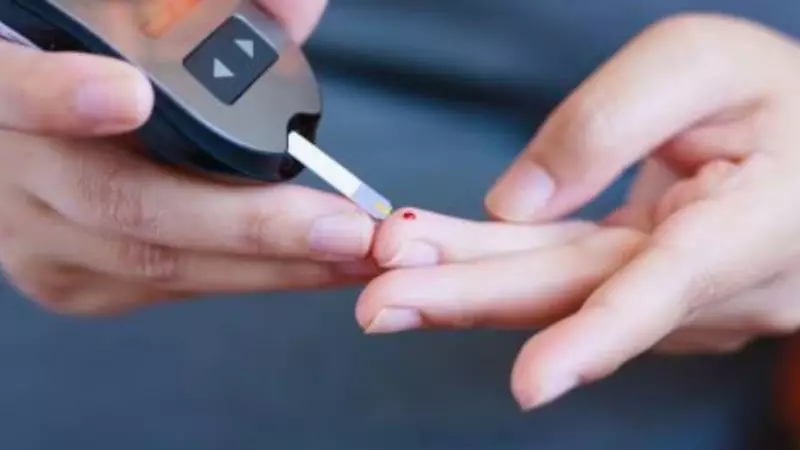
A 16-year-old student from Mumbai, identified as Rohan, received a life-altering diagnosis that is becoming increasingly common among urban Indian adolescents: Type 2 diabetes. This condition, once predominantly seen in adults, is now striking a younger demographic, with his case serving as a crucial warning.
The Diagnosis That Shocked a Family
Rohan initially dismissed his constant fatigue, unquenchable thirst, and frequent trips to the bathroom as normal side effects of a hectic life filled with online classes, tuition, and late-night gaming. However, his mother grew concerned upon noticing significant physical changes. Rohan had gained nearly 12 kilograms over two years and developed dark, velvety patches on his neck, classic signs of insulin resistance.
Blood tests confirmed the family's fears. Rohan's fasting blood sugar was 138 mg/dL, and his HbA1c level was 7.3%, definitively diagnosing him with Type 2 diabetes. Further tests revealed a BMI of 32.7 kg/m² (placing him in the obese category), borderline high blood pressure, elevated triglycerides, and early signs of fatty liver.
Unpacking the Perfect Storm for Diabetes
According to Dr. David Chandy, Director of Endocrinology and Diabetology at Sir HN Reliance Foundation Hospital in Mumbai, Rohan's daily routine was a textbook example of risk factors converging. His lifestyle was characterized by:
- Waking up late and skipping breakfast
- Minimal physical activity
- Excessive screen time for gaming and social media
- A diet heavy in sugar-sweetened drinks and processed snacks
- Long hours spent sitting
Dr. Chandy explained that this sedentary lifestyle and poor diet created the 'perfect storm' for insulin resistance. The situation was exacerbated by a family history, with both parents being overweight and his father recently diagnosed with diabetes.
'During puberty, the body undergoes hormonal changes that lead to temporary insulin resistance. Other risk factors can make it permanent,' Dr. Chandy noted, highlighting the vulnerability of Indian children who can develop insulin resistance even at lower obesity levels.
The Turnaround: A Family's Journey to Health
Rohan's treatment began with Metformin, but the core of the strategy was a comprehensive lifestyle overhaul. Dr. Chandy's team set clear, consistent goals for the entire family:
Dietary changes were fundamental. Sugary drinks were replaced with water and buttermilk. Processed foods were cut out in favor of home-cooked, balanced meals rich in vegetables and whole grains. The family committed to eating together, swapping their late-night dinners for earlier, healthier meals.
Physical activity became non-negotiable. Rohan was encouraged to engage in 45 minutes of daily exercise, such as brisk walking, cycling, or swimming.
Sleep and screen time were regulated. The family adjusted their sleep cycles to ensure Rohan got adequate rest, and screen time before bed was strictly limited.
Remarkable Results in Six Months
The collective effort yielded impressive results. Within six months, Rohan lost seven kilograms, his energy levels surged, and he reported feeling lighter and more confident. Most importantly, his HbA1c dropped to a much healthier 6.2%.
His mother emphasized that the biggest change was not just the food, but how the family approached health as a united front. Dr. Chandy advocates for simple, protective measures for all families: shared meals, reduced screen time, and ensuring 8-10 hours of sleep for teens. He also stresses the importance of early screening for high-risk children, especially those with a family history of diabetes or signs of insulin resistance.





